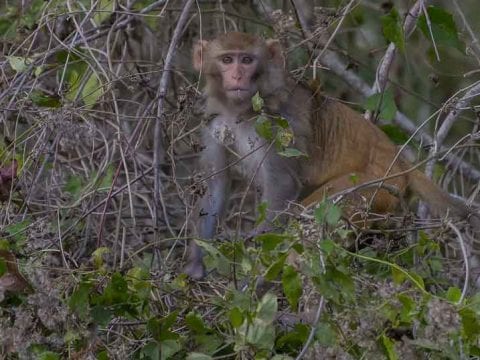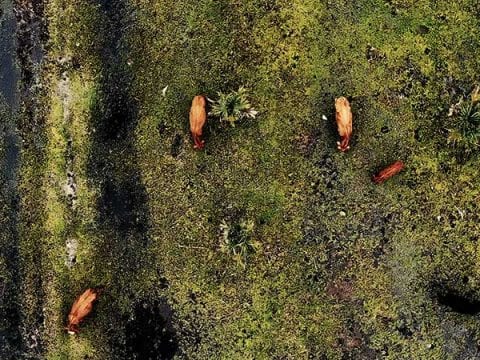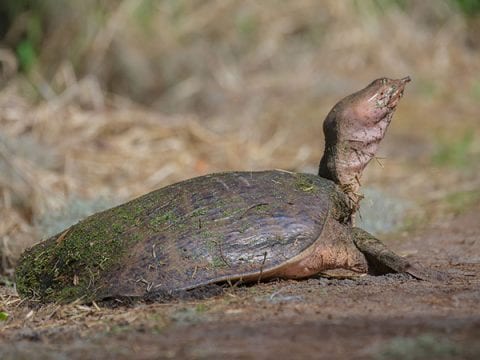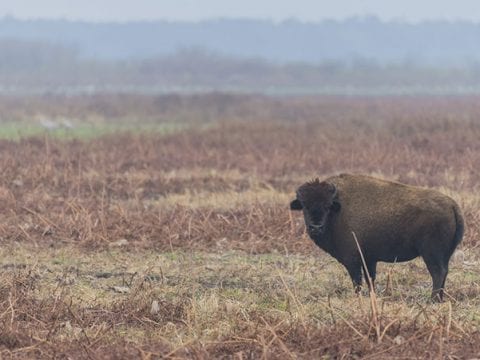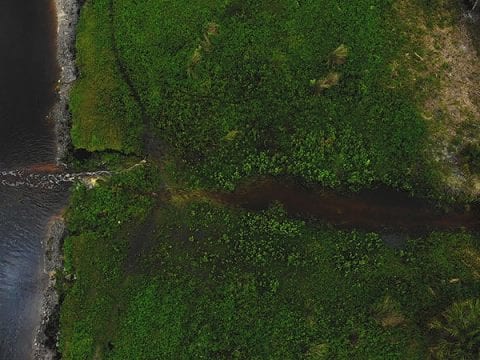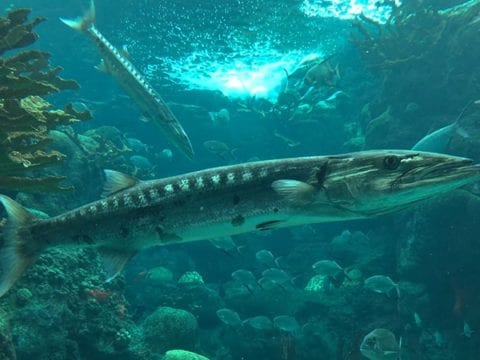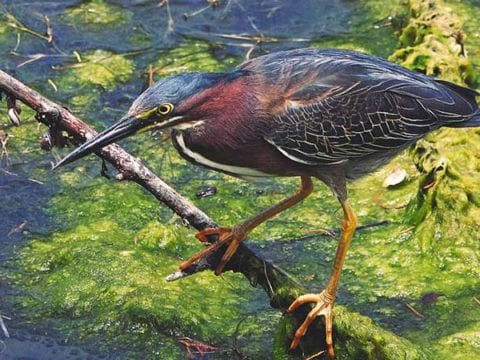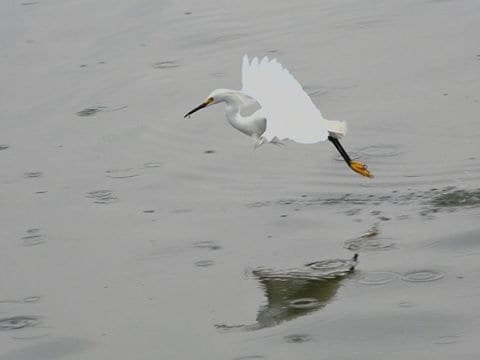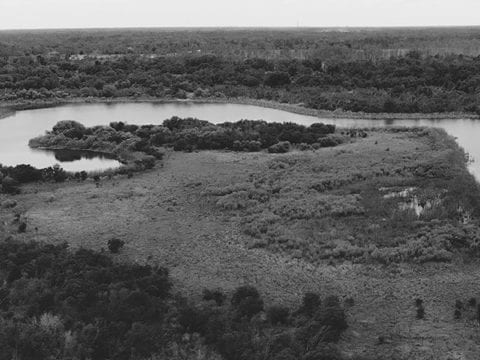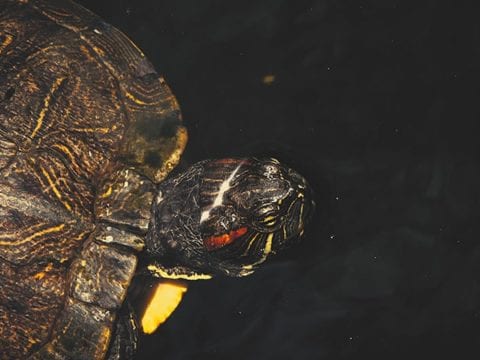Table of Contents
Florida Sandhill Crane Facts
- Scientific Name: Grus Canadensis Pratensis
- A distinguishing feature of the Florida Sandhill Crane is its call. It is described as the “call of the wild” and it sounds like a bugling or trumpeting sound. It can be heard several miles away.
- They are great fliers and rely on thermals and tailwinds to steady their course
- Sandhill Cranes have been seen in flight over Mr. Everest at 28,000 feet
- Cranes are the oldest living birds on the entire planet
- They can live up to 20 -40 years
- Cranes and Herons are very similar so Cranes are often mistaken for the Great Blue but a distinguishing difference is that cranes fly with their necks extended while herons fly with their necks tucked in
- Sandhill Cranes are among the list of the most widespread birds in North America
- The Florida Sandhill Crane is a species of the North American Sandhill Crane
- They are non-migratory and therefore, they spend their entire lives in Florida
- There are less than 5,000 Florida Sandhill Cranes left
- Florida Sandhill Cranes are known for their graceful dancing
- Their elegance has inspired people from all over the world
- The earliest Sandhill Crane fossil is 2.5 million years old (estimated) and it was found in Macasphalt Shell Pit in Florida
- The oldest Sandhill Crane lived to be 36 years old
- Florida Sandhill Cranes can quickly be identified by the reddish skin on their heads
- There are 15 crane species in the world and Sandhill Cranes are the most numerous species with about 650, 000 in North America
- Males and females look identical in appearance
- They use their bill and feet as a tool to eat with and a weapon against predators
- Florida Sandhill Cranes are vulnerable to man-made hazards such as fences and power lines which can result in broken wings, legs and necks.
Identification
They are gray and have a bald spot of red skin on top of their heads. Their cheeks are white and their bills are long and pointed. Their neck and legs are very long. When in flight, they keep their long necks straight and allow their legs to trail behind them.
Hatchlings have reddish-brown upperparts and gray underparts.
Predators include bald eagles, owls, ravens, crows, foxes, coyotes, alligators and bobcats.
Size
Length
- 37 inches
Height
- 3 to 4 feet
Weight
- 10 pounds (males) & 8 pounds (females)
Wingspan
- 6-7 feet
Behavior
Florida Sandhill Cranes mate for life and choose their partners after a series of dancing displays. They have frequent, loud trumpeting calls that can be heard from long distances. For mating cranes, they engage in a unison calling. They stand very close together and call in a synchronized and complex duet. The female will call twice for every call a male makes.
When threatened by air, Cranes attack by leaping into the air and kicking their feet forward. They also hiss and spread their wings in a natural defense to make the predator flee. They are very social and territorial birds.
During the hotter months, Sandhill Cranes use forestry areas for shade and the wetlands for midday loafing. In Florida, they spend most of their time foraging for food.
They can stay warm while standing in freezing water due to their ability to reduce the amount of blood that is warmed in their body by constricting blood vessels in their feet. Their arteries and blood vessels in their legs are very close together, so colder blood can be warmed before it even reaches their body.
They are generally split up into three different groups
- Unpaired Sub-Adults/Adults
- Mated Pairs
- Families
Habitat
Their habitats are highly selected by water sources.
Florida Sandhill Cranes are non-migratory and can be found in freshwater ponds and marshes. They inhabit prairies, pastures, tundra’s, river valleys, open grasslands, farmlands bogs, grazing for food. They are also often found in urban areas due to the continuous loss of their natural habitats. Cranes usually tend to roam in groups or pairs.
Diet
They are omnivores so they eat plants and meat. Typically, they can be seen grazing for grains, seeds, berries, insects, mice, worms, small birds, frogs, lizards, snakes, crayfish, snails and aquatic plants. Unlike herons, they do not fish for their food. They use their bill to probe the ground and their feet to scratch up food from underground.
Reproduction
Mating
Florida Sandhill Cranes are monogamous birds who breed for life. They also choose to raise their young together. These cranes are recognized for their dancing ritual in which they bow, flap their wings, pump their heads, jump/leap into the air, toss sticks and run. This dance can relieve aggression and stress while also increasing the bond between the mating cranes. By creating this dance ritual, cranes will choose each other and began to mate.
Nesting
For roosting and nesting, Florida Sandhill Cranes choose shallow marshes and they forage open upland habitats for food. Both pairs will gather and build their nest which results in a large mound of leaves, grass, moss and twigs. It is typically about 3’ deep.
Eggs
Females usually lay two eggs at a time but in some instances, they only lay one and on rare occasions, three. The eggs are a pale olive color and marked with brown or gray markings. The eggs are incubated by both the male and female for a period of 32 days. The female will incubate the eggs more at night.
Florida Sandhill Crane Hatchlings
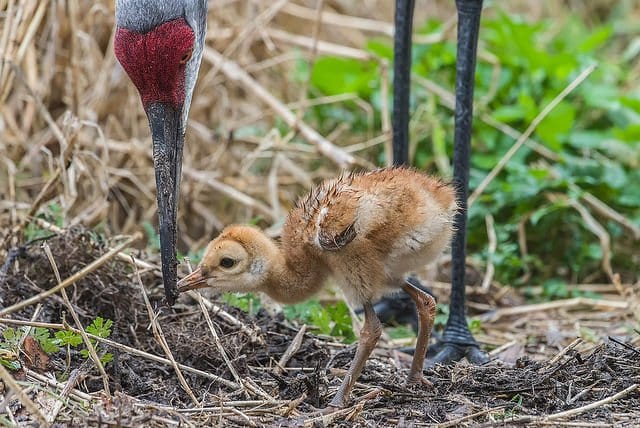
A Florida sandhill crane colt being fed by a parent
Hatchlings, aka “colts” are well-developed, covered in down and their eyes are open. Just 24 hours after cracking from its egg, the hatchling will begin to travel from the nest with its parents. Both mama and papa bird feed their hatchlings but they quickly learn to feed themselves. Florida Sandhill Cranes are extremely devoted parents. At 65-75 days, they learn to fly. When the hatchling turns 10 months old, it is free to be on its own. Hatchlings eat peanuts, corn, insects, frogs, snakes and other smaller mammals. When Sandhill Cranes are two years old, they can start bonding together, which allows the reproduction process to start all over again.

